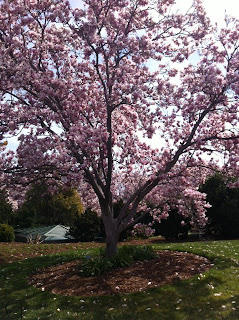Here are some practices that I believe are worth sharing..
The "Living Building Challenge"
This is actually a philosophy, an advocacy platform and a certification program that was established in 2006 by the Living Future Institute and Seattle is a reflection of this movement.
The Living Building Challenge is composed of seven performance areas: Site, Water, Energy, Health, Materials, Equity and Beauty.
The Greenest Commercial Building in the World: Bullitt Center qualifies as a "living building", it owes this to its self-sufficient structure and the rigorous standards it meets for energy, water, green materials and for the quality of its indoor environment.
to see the features the building has, check: http://bullittcenter.org
The building has recently opened its doors on April 22 with a grand ceremony, the day before I landed to Seattle. You can visit the building by taking an online appointment. There is a long waiting list..
District 2030 Project
This is a building district area in downtown Seattle that is been selected to dramatically decrease its environmental impact. The efforts range from renovating old/existing building and from constructing new energy-efficient buildings.
The project has committed members: building owners, professional and community owners. 3 main focus areas are: energy use, water use and carbon emissions and they have rigorous targets for existing and new buildings in average to gradually reach 50% by 2030.
They reached 120 buildings in 3 years! They are working on expanding the project to other city and maybe to other countries...
for more info: http://www.2030district.org/seattle/
Lowest energy cost in whole US! has a mixture of sources like biogas, wind, geothermal and hydro; hydro being the main source for electricity (%92). The renewable energy is supplied by The Green up Program run by seattle City Lights... http://www.seattle.gov/light/green/greenpower/greenuppr.asp
All these resonated very well with the city's nickname being "The Emerald City".. it is green, clean and beautiful!

















































